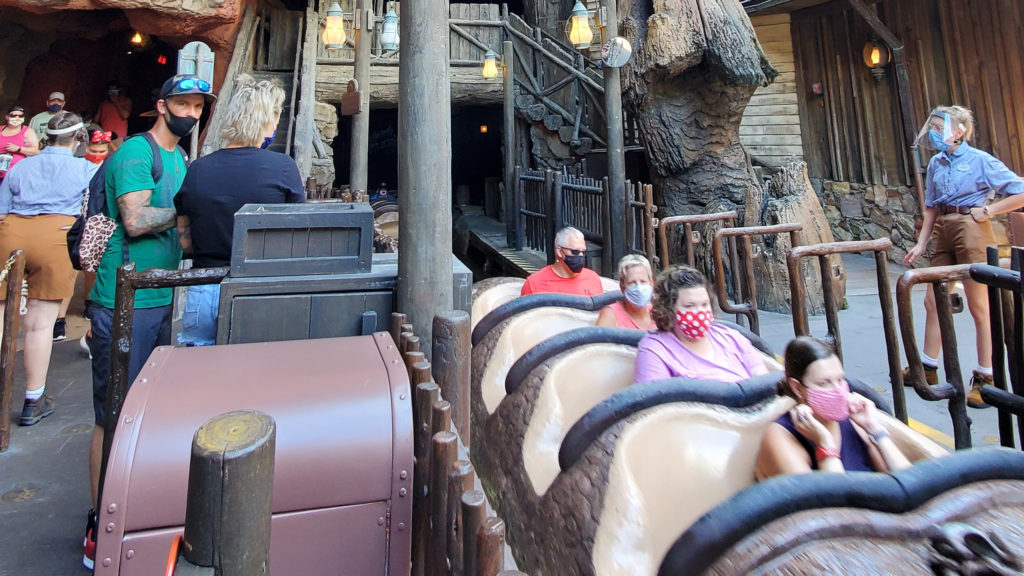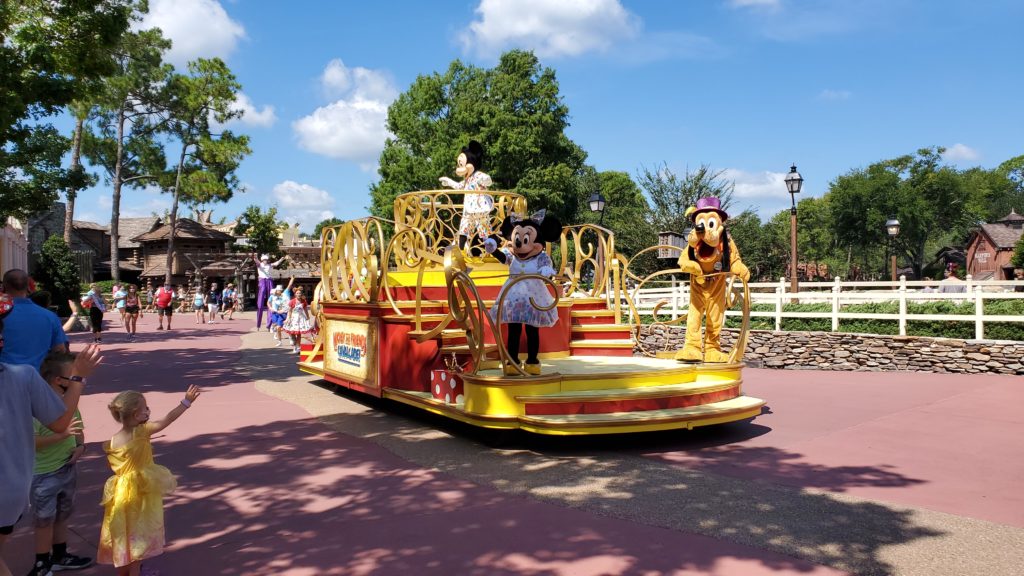How Orlando’s reopening attractions can give us a view into designing guest experiences for the future.
As most of us in the attractions industry have discovered, it is very difficult to predict how the effects of COVID-19 will affect attractions in the future. What will guests both expect and feel comfortable with as we navigate the years ahead, and how will attractions respond to the evolving needs of their audience? These are valid questions that will have profound results within many different experiential and guest-focused attractions.
As the Orlando attractions market begins to carefully reopen amid a vast array of both uncertainty and cautious optimism, I had the opportunity to visit some of these attractions to see these responses first-hand. In many ways the experience met or exceeded my expectations of what could be done by operators in terms of safety and assurance.
What surprised me, however, was just how much I would learn concerning the evolutions of guest interaction, and how a global pandemic might be the catalyst for challenging ideas we have long seen as principles and standards of both attraction design and operation. The experience, as a whole, left me encouraged by the level of guest participation in an evolving environment, while inspiring some ideas as to how we can rise to the challenge of delivering new and engaging experiences built for a post-COVID world.
First, the expected: It is a given, considering the reality of the situation, that many levels of sanitary practices and sanitization would be adopted. At all three major attractions, Disney, Universal, and SeaWorld, both guest-facing elements like hand-sanitizer and hand-washing stations, and backstage elements such as ride vehicle sanitization, were standard and obvious. While all of these were currently temporary additions within the theme park, one can expect that thematically appropriate versions of each of these will soon become a permanent fixture in any key spaces in parks and attractions where contact is unavoidable.

There were some more subtle changes as well. At the Disney parks, for instance, each of the trash cans had their lids secured open with zip ties, a move to protect guests from touching a potentially contaminated surface. I wonder if this will be a temporary change, or if we will eventually see a change to the decades-old and ubiquitous “theme park-style” trash can.
Where I expected some friction was with social distancing. “Surely, this is going to be the sticking point,” I thought. I was floored to find that not only were guests fully participating in the social distancing six feet of separation or more rules posted, but guests were turning it into a game. I saw countless guests who were entertaining themselves by standing on each distance indicator as if it were a position on an oversized board game. Even where there were not clearly identified markers, guests self-determined the need for distance between groups in both pre-shows and queues. Throughout my experience, I had many conversations with other guests who felt that the social spacing, and NOT the overall level of crowds, was the main contributing factor to what they considered a pleasant experience. It is a fair hypothesis, however it is hard to tell if this would still be true on the busiest of operating days.
A change in cast member distribution was also evident throughout every type of experience. From food & beverage through load stations and queues, cast member positioning was adapted to assist guests with separation and sanitation. Though, as an unintended benefit, the changed positioning actually seemed to help guide guest movement better and felt closer to the regular cadence of helpful personnel one might expect to encounter in a hotel or hospitality setting. It may not have been the most operationally efficient, but the impact on guest experience was exponential.

Another interesting development was the level to which guests were adopting mobile services as their main interface for payment, ticketing, and more. There seemed to be little to no friction with digital park maps, and the recent shift to mobile-only ordering for food & beverage at the Disney and Universal parks did much in the ways of reducing the need for queue lines or large waiting areas in front of locations. In several instances, I saw guests utilizing mobile features in queue lines as a game to pass the time and enhance their experience. Queue lines in general just seemed to function better and were more engaging once guests understood that they wouldn’t stand in one spot for more than a minute or so. At the Disney parks, no attractions were currently offering FastPass+ (Disney’s virtual queue reservation system) and I didn’t hear a single complaint. Not one.
What I saw on my recent visit was just a snapshot in time of an evolving situation. Certainly there are some extraordinary elements that need to be considered. However, what I did see was an evolving image of guest preferences and behaviors in relation to an adapting theme park environment, and the results were not just promising in terms of participation, but revealing in how we can design spaces within attractions that actually give guests the things that matter to them. Should we rethink the amount of space we give groups for pre-shows and theaters? Break single queues up into multiple pathways that encourage constant flow and movement? Design newly integrated elements for rest, hygiene, and hospitality? All of these are interesting considerations we can take as we design both safe and satisfying experiences for tomorrow’s attractions.


